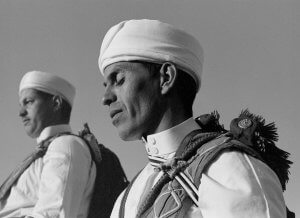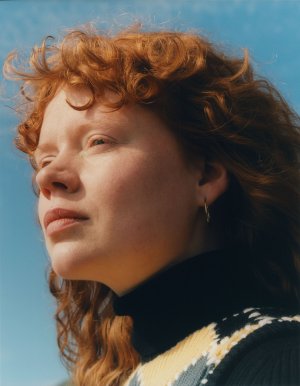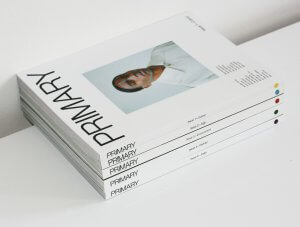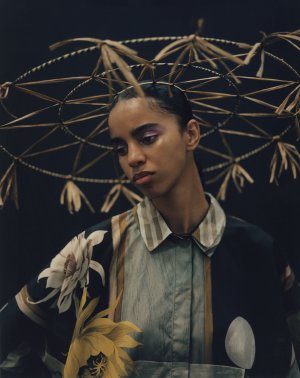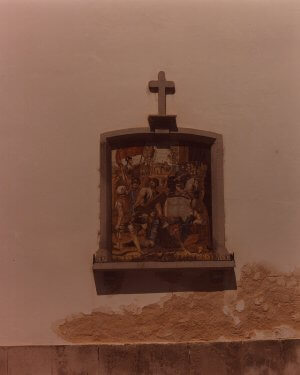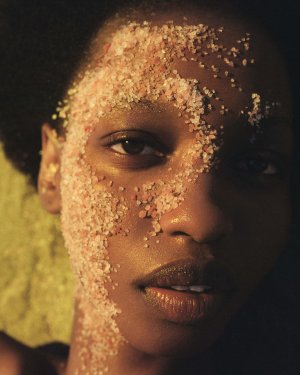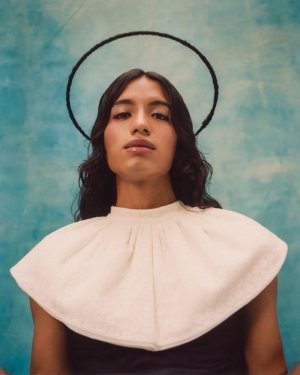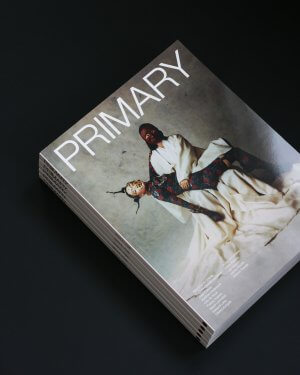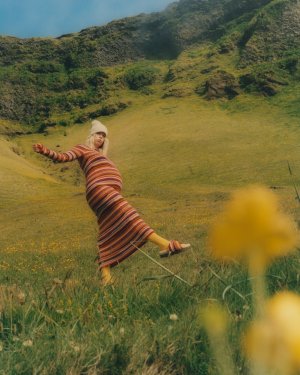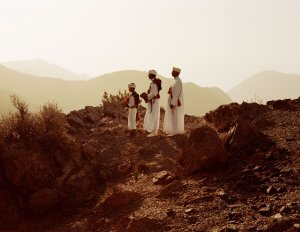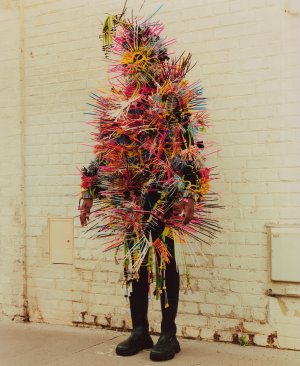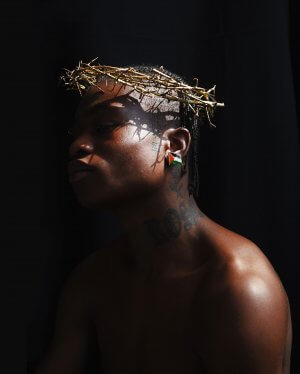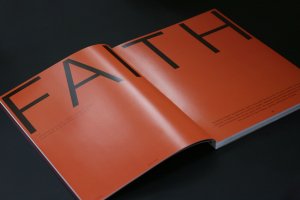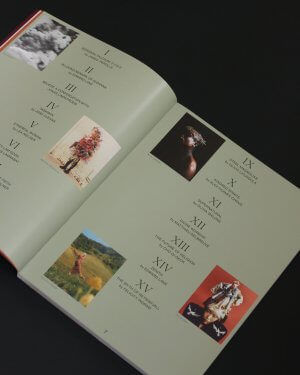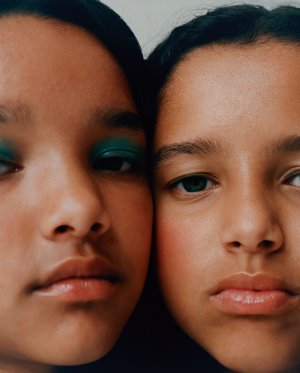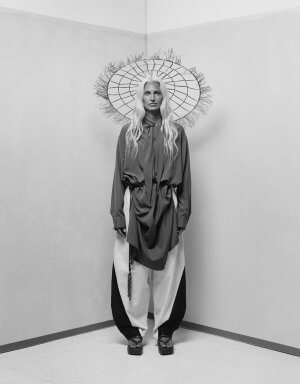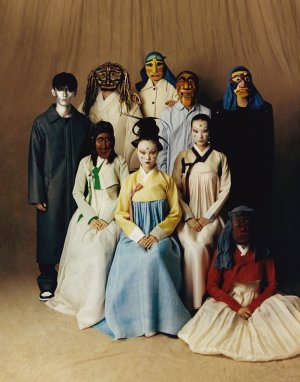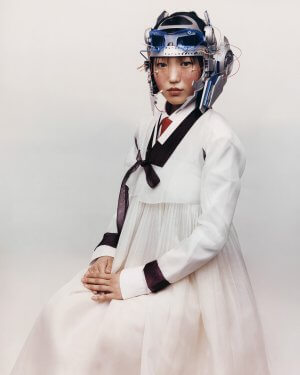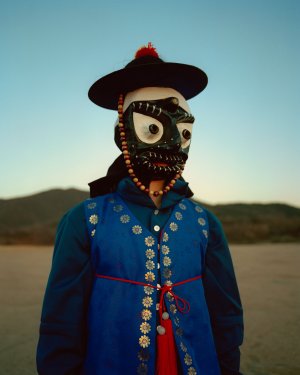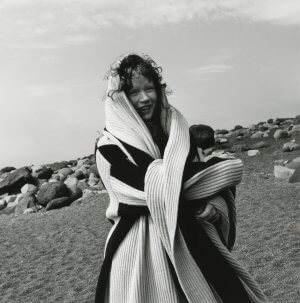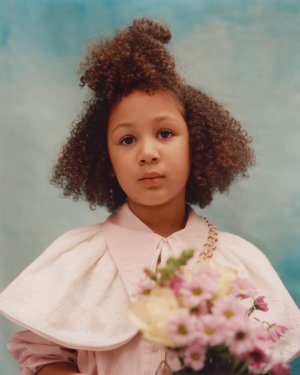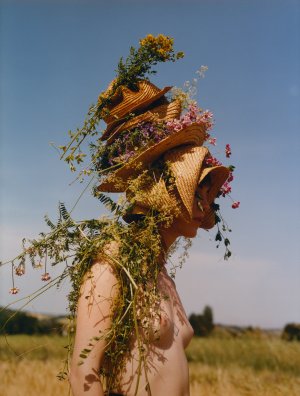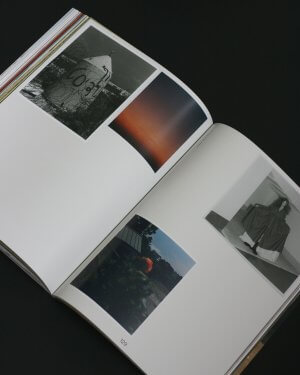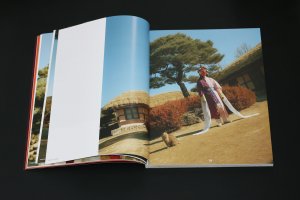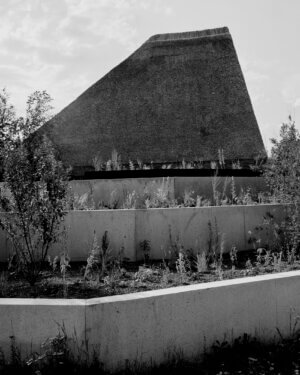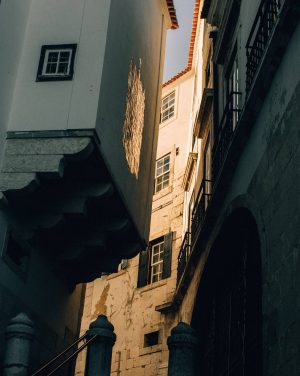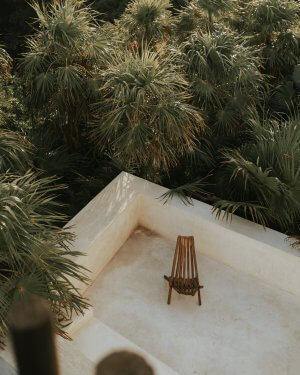Slowness Let’s start with a brief history of Primary Paper. How did you meet each other and what led you to create a photography magazine?
Jessica A number of years ago, I was doing a blog and making random mood boards, some for fun, others for work. One mood board had one color as the connecting theme…
Coquito And we had a mutual friend who introduced us, and when I saw her color mood board, I was inspired to do something based on color. As a stylist, I was also like, “I want to have a platform where I can do my own thing and am not restricted by a magazine’s requirements to shoot certain clothes or things from advertisers.”
Jessica Our first issue was around the theme of color. At first, we were going to do one color per issue, but we ultimately decided that would be very limiting. Also, at the time, there was a new generation of photographers, like Jamie Hawkesworth, with very rich, colorful styles. So it came together as a multicolor issue, and each story had a different color.
Coquito Since then, every issue has evolved into a different theme that we feel is relevant to photography culture at that specific time.
Slowness Issue two was “age,” issue three was “environment,” four was “human,” and now the fifth is one “faith.”
Jessica Right. “Age” was interesting, because there was a trend of moving away from super young models as the industry started embracing real age and maturity. “Human” was also interesting because we started it before the pandemic, but during the process, the pandemic broke out and then the idea of what it means to feel human was really questioned. All the photographers featured in the issue had to rethink how they would approach the theme, what they were passionate about, and what they felt connected to. Jeff Boudreau, for example, does a lot of landscapes, a lot of travel photography. But for his story in the “human” issue, he shot everything inside and it was centered around his partner during and their work-from-home situation.
Slowness So how did you come to “faith” as a theme after “human”?
Coquito I was thinking about belief systems and the fact that the pandemic kind of stripped away ideas of self. Throughout that time, the question then became, “What are the basics that you're holding on to, what do you still believe in?”
Jessica We were brainstorming a lot of ideas, and what we liked about the idea of faith is that it’s not just about religion; it's more about who you care about, what you believe in, and what you trust.
Coquito There’s been a lot of instability in the past year, which is very unsettling, and it's been important to have faith in something that can keep you going, or something that helps you focus. To me, faith is about this sense of holding on to your inner beliefs, those things that keep you focused, on a path, or just knowing that everything's going to be okay even through an unsettling feeling.
Slowness Can you talk about the cover story by Cho Gi-Seok?
Jessica The story is a mixture of this Korean tradition of mask-wearing and traditional dress with elements of futuristic digitalization. My interpretation is that it’s asking, what is religion now? We're obsessed with our phones and technology; is this the new religion? There’s a really nice contrast between the two. One image will be very traditional, and the next image is very digital and a little sci-fi. This idea of being caught up in technology is repeated in [Jonas Lindstroem’s] feature too. He is questioning what you believe in, what is religion to you now? A quote I love is, “I’m talking about religion as something to guide you, and something you believe in and whose values you subscribe to. What is that these days? Wellness? Meditation? Capitalism?”
Slowness Coco, you also styled one of the stories, which is centered on the idea of nature and bringing together the human with the natural environment. Can you talk about that story and how you see it in relation to the idea of faith?
Coquito I’m quite a naturalist and I have a belief [in a connection] between nature, health, and spirituality. For this story, I wanted to go back to the physical form and being in touch with your environment, with mother nature. I also like the idea the form of the body being kind of abstract. We called the story “Supernatural” with the idea of melding the physical form together with the natural form.
Jessica That story really blurs natural elements and humans, which are actually a natural form and part of any experience of the environment. They aren’t so separated, and this comes from the belief of being one with nature.
Slowness Did any overarching concepts come up in all the photographers’ different interpretations of “faith”?
Jessica Actually, it was cool to see that the photographers’ responses were not so much about any specific religion, but rather all about different cultures and traditions. Some of the stories really lean into traditional thinking and then others are modern takes on religion and belief and faith. There's a story about Greek culture, the evil eye, and being superstitious and how these things were inherited by the photographer from her grandmother. Some stories, like that, are family-oriented, and other times they are about who you become as an adult. One thing that is common to all of Primary’s stories, though, is the presence of a personal, human subject. A lot of the stories take a more personal approach; they’re almost in a portraiture or documentary kind of style.
Coquito Maybe we could talk about Silvana Trevale’s story on retablos, which is interesting and beautiful.
Jessica “Retablos” is a tradition of writing to a saint, which can be done for different reasons—maybe something has happened and you're thanking the saint, or maybe you're worried about something that is going to happen so you ask them to watch over you. There’s a really nice craft element to the tradition too, because the person usually writes a little paragraph to the saint and then also paints it. So Silvana brought this tradition to life through photography. Her references were these very painterly craft illustrations, and as models she used people from the local community in London. It was a modernized version of something quite traditional.
Coquito For each issue, I think we try to be as worldly as possible, with stories coming from different cultures and different perspectives. Because we have quite diverse contributors, they all bring their own backgrounds and their own culture to it, and as a result, everything has a personal element.
Slowness On that note, I want to ask one last question that is also kind of personal. Coco, you’ve already answered it a little bit, but what does faith mean to each of you?
Coquito From my experience growing up and until now, I've always had a faith, but I was never religious. My family's not religious and, being both Scottish and Sicilian, I come from two very different cultures; there was never one thing that was always a center point for our family. A lot of people will be like, “Oh, you have English culture,” and I'm like, “I don't feel Scottish, I don't feel Sicilian, and I don't feel English, even if I was brought up in England.” I have no cultural sense of self in that way, so I tend to have faith in my intuition or deeper self, which again, is this spiritual sense of self. My mom’s also always been into natural medicines, so I have this idea of faith being through mother nature. It’s really about intuition and knowing that things will be okay. It’s a higher sense of a god, but it’s not God. That’s how I would describe faith.
Jessica It’s a bit similar for me. I went to a Catholic primary school and I was baptized, but our family was never really religious; it was more just like these were things people did. So I’ve never identified with a religion strongly, and as I’ve gotten older and thought more about my wellness and sense of self, it’s become about my faith in the people around me and my environment. For me, it’s about finding my own inner faith, or inner alignment, and having trust in that. I think what Coco said about having this intuition resonates. We both follow our own thoughts and intuition, we're both quite passionate and driven. It’s a lot about having faith in yourself.
Coquito And having an inner knowing that things will be okay—that is my own religion, my own sense of, “I've managed up until now, so everything's going to be okay.” It's this inner knowing, putting in the work, and making it what you want it to be.
